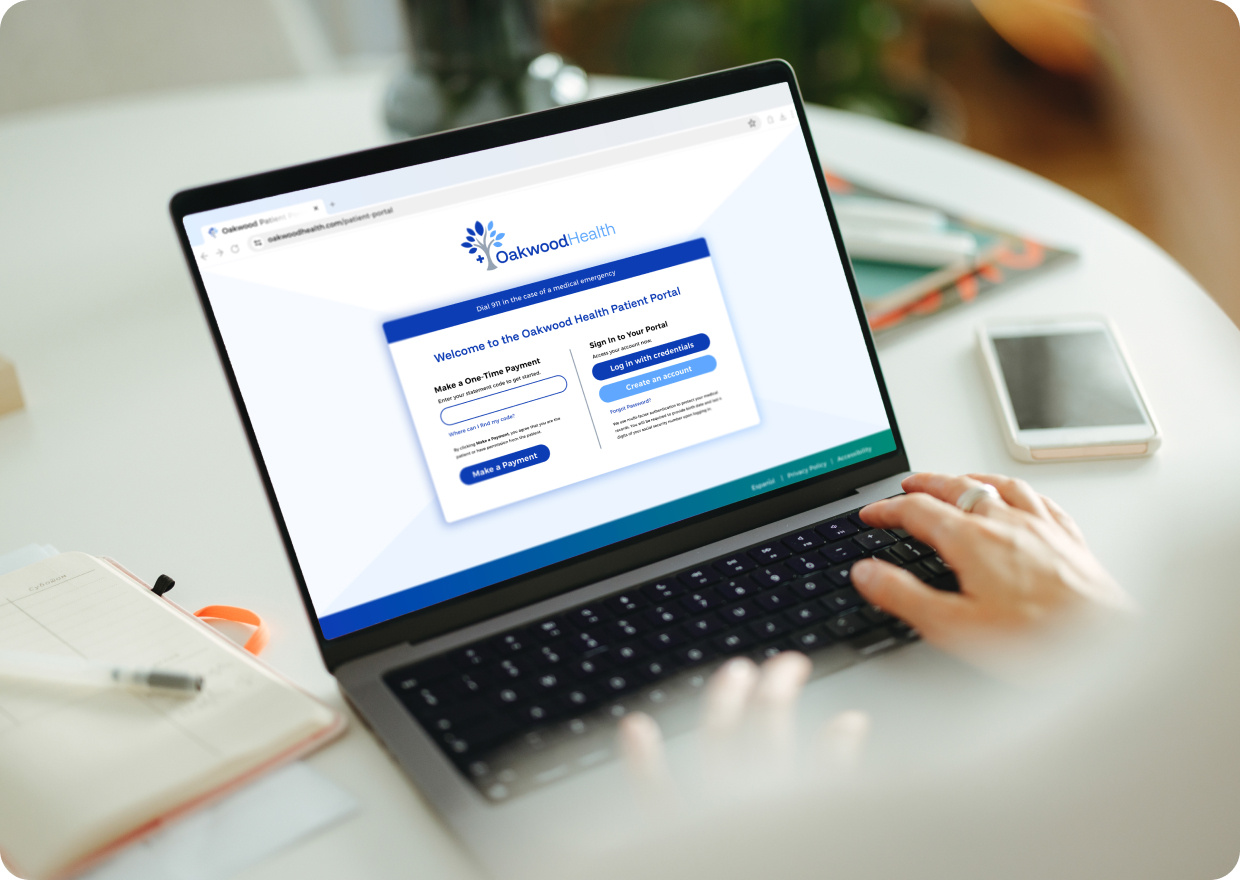Health literacy, as a topic, has been in the spotlight in the U.S. healthcare industry for a number of years. The Journal of American Medical Informatics, the U.S. Centers for Disease Control and Prevention and the Agency for Healthcare Research and Quality are among many organizations that have explored health literacy in depth.
However, the concept of health literacy remains vast and has wide-ranging implications for the entire healthcare industry. As just one example, health literacy is essential to patient engagement and vice versa — and both are necessary for informed patient consent to occur. Wherever there is a lack of patient engagement, health literacy suffers and the entire goal of informed patient consent is called into question.
This blog will define health literacy and why it matters, describe the varying levels of health literacy, and touch on best practices related to patient education materials and health literacy systems in general.
What is Health Literacy?
Health literacy is the degree to which individuals have the capacity to obtain, process and understand basic health information and services needed to make appropriate health decisions. It encompasses a range of skills including reading, writing, numeracy, communication and the use of technology. Health literacy is crucial for both patients and healthcare providers as it directly impacts the quality of patient care and health outcomes.
Why health literacy matters for patients
High health literacy means patients can better understand their health conditions, follow treatment plans, and navigate the healthcare system. As we will see in a moment, this leads to improved health outcomes, reduced hospitalizations and lower healthcare costs.
Why health literacy matters for providers
For healthcare providers, understanding health literacy helps in tailoring communication and education strategies to meet the needs of their patients. This, in turn, increases patient satisfaction and makes them more likely to adhere to the medical advice provided — further improving health outcomes while reducing hospitalizations and healthcare costs.
What are the Three Levels of Health Literacy?
Generally speaking, health literacy can be categorized into three levels: functional, interactive and critical health literacy.
- Functional Health Literacy
At the most basic level, functional health literacy involves the patient’s ability to read and understand information related to health, such as prescription labels, appointment slips and patient education materials. It focuses on basic skills in reading and writing necessary for effective functioning in a healthcare environment. - Interactive Health Literacy
At this level, individuals possess more advanced cognitive and literacy skills that enable them to actively participate in their healthcare. This includes the ability to engage in discussions with healthcare providers, ask questions, and make informed decisions about their health. Interactive health literacy emphasizes the importance of communication and the ability to apply new information to changing circumstances. - Critical Health Literacy
At the highest level of health literacy, patients can critically analyze information, understand the broader determinants of health, and take control of their health by making informed decisions. Critical health literacy involves the ability to evaluate the credibility of health information, understand the social and economic factors affecting health, and advocate for oneself and others within the healthcare system.

Why is Patient Education Important for Healthcare Providers?
Patient education and health literacy are essentially two sides of the same coin. Patient education materials help to increase health literacy — which we’ve already noted leads to improved health outcomes and more.
For this reason, patient education is a cornerstone of effective healthcare delivery. Providing patients with the knowledge and skills they need to manage their health and make informed decisions has profound impacts on patient and provider alike.
Improved Health Outcomes
Educated patients are more likely to adhere to treatment plans, manage chronic conditions effectively, and engage in preventive health behaviors. This leads to better health outcomes and a reduction in complications and hospital readmissions.
Enhanced Patient Satisfaction
When patients understand their health conditions and treatment options, they feel more in control and satisfied with their care. This can lead to improved patient-provider relationships and higher levels of trust in the healthcare system. Secondarily, these higher patient satisfaction levels result in better HCAHPS scores and higher reimbursement levels from the Centers for Medicare and Medicaid Services (CMS).
Cost Savings
Effective patient education can reduce healthcare costs by preventing unnecessary hospitalizations, reducing the need for emergency care, and promoting the efficient use of healthcare resources.
What Makes for Effective Patient Education?
George Bernard Shaw famously noted a key problem with communication that continues to frustrate patients and providers to this day.
“The single biggest problem in communication is the illusion that it has taken place.”
 To enhance patient-provider communication and transform the illusion into reality, healthcare providers should strive to adopt these five principles in all interactions with patients.
To enhance patient-provider communication and transform the illusion into reality, healthcare providers should strive to adopt these five principles in all interactions with patients.
- Use Plain Language
Avoid medical jargon and use simple, clear language that patients can easily understand.
- Teach-Back Method
Ask patients to repeat the information in their own words to ensure they have understood it correctly.
- Visual Aids
Use diagrams, charts and videos to explain complex information.
- Cultural Competence
Be aware of cultural differences and tailor communication to meet the diverse needs of patients.
- Patient-Centered Communication
Encourage patients to ask questions and express their concerns. Then, listen actively to their responses.
How Can Healthcare Organizations Create an Effective Health Literacy System?
Health literacy is a topic far more complex than can be fully addressed in a single blog post. Creating an effective health literacy system requires a comprehensive approach involving multiple strategies. Here are five key strategies to improving health literacy in a healthcare environment.
- Organizational Commitment
Prioritize health literacy as a key component of the healthcare organization’s mission and values. This involves leadership commitment, dedicated resources and the integration of health literacy into organizational policies and practices. - Staff Training and Development
Provide ongoing training for healthcare providers and staff on health literacy principles and effective communication techniques. This includes understanding the different levels of health literacy and how to tailor communication to meet the needs of diverse patient populations. - Patient-Centered Communication
Implement patient-centered communication strategies (see above) that involve active listening, empathy and the use of plain language. Encourage patients to ask questions and provide feedback on their understanding of health information. - Health Literacy-Friendly Materials
Develop and disseminate patient education materials that are easy to read, understand and use. This includes using plain language, visual aids and culturally appropriate content. Materials should be tested with target audiences to ensure they are effective. - Community Engagement and Partnerships
Engage with community organizations, schools and other stakeholders to promote health literacy beyond the healthcare setting. This includes collaborating on health education initiatives, providing resources and support, and addressing social determinants of health that impact health literacy.
By implementing these strategies, healthcare organizations can create an environment that supports health literacy and empowers patients to take an active role in their health. This not only improves individual health outcomes but also contributes to the overall effectiveness and efficiency of the entire healthcare system.
iMedHealth From Taylor Healthcare
 iMedHealth, from Taylor Healthcare, is a suite of patient engagement digital healthcare solutions that increases patient engagement and minimizes risk for healthcare organizations. Several iMedHealth technologies have a direct impact on both patient education and health literacy — and can serve as the foundation of a comprehensive health literacy system.
iMedHealth, from Taylor Healthcare, is a suite of patient engagement digital healthcare solutions that increases patient engagement and minimizes risk for healthcare organizations. Several iMedHealth technologies have a direct impact on both patient education and health literacy — and can serve as the foundation of a comprehensive health literacy system.
- Patients can review and sign standardized consent forms for procedures on their personal mobile devices using iMedConsent™. This proprietary patient consent software is built around a clinical library of more than 4,000 treatments and procedures including risks, benefits, alternatives and descriptions. The content is optimized for best practice health literacy objectives and available in both English and Spanish. A dedicated content team regularly reviews existing iMedConsent content to maximize accuracy and continually adds new procedures and treatments to the library as innovations occur.
- Hospitals can capture patient signatures on mobile devices, including the patient’s own cell phone, by using iMedEngage. Digital signature capture enables the patient to review critical documents — such as informed consent medical forms — from a remote location at their leisure. Patient engagement rises and health literacy is promoted.
- Digitizing and automating clinical forms with iMedAutomate can help ensure that the latest, most up-to-date versions of patient education materials are being used. For example, patient education materials that are designed to be ADA-compliant can be used system-wide to elevate patient engagement and health literacy.
- Language interpretation services are provided in more than 200 languages through iMedInterpret. Available 24 hours a day and 365 days a year, iMedInterpret advances the cause of health literacy by delivering interpretation services by Video Remote Interface (VRI) or telephonically.
Contact your Taylor Healthcare representative to learn more about our iMedHealth technologies and their positive impact on health literacy systems.









